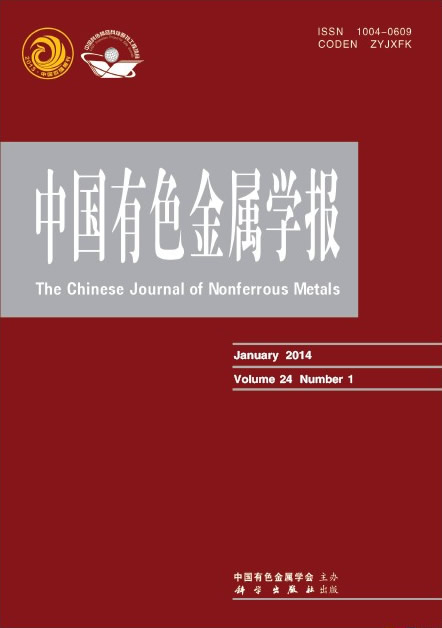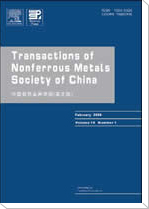(1. 四川大学 物理系 辐射物理及技术教育部重点实验室, 成都 610064;
2. 中国核动力研究设计院 核燃料及材料国家重点实验室, 成都 610041)
摘 要: Ti-2Al-2.5Zr合金中注入能量为75keV的N+离子,注入剂量为3×1017/cm2和8×1017/cm2,注入过程样品的温度低于200℃。N+离子在Ti-2Al-2.5Zr合金中的射程借助TRIM 96程序计算为1222Å。注入后的样品用X射线衍射方法(XRD)以及光电子能谱方法(XPS)进行分析。XRD衍射谱表明有新相生成,经分析为TiN和TiO2,但这些新相的峰非常微弱,很难区分。XPS宽程扫描谱表明注入后样品表面主要为Ti,C,N和O。XPS关于Ti2p和N1s窄程扫描谱表明N+离子注入后在合金表面确实形成了TiN和TiO2。
关键字: Ti-2Al-2.5Zr合金; N+离子注入; XRD; XPS
implantation into Ti-2Al-2.5Zr alloy
(1. Department of Physics, Key Laboratory for Radiation Physics and Technology of
Ministry of Education, Sichuan University, Chengdu 610064, P.R.China;
2. National Key Laboratory for Nuclear Fuel and Material,
Nuclear Power Research and Designing Institute of China, Chengdu 610041, P.R.China)
Abstract:Ti-2Al-2.5Zr alloys were implanted with 75keV N+ ions at temperature lower than 200℃ with implanting dosage of 3×1017/cm2 and 8×1017/cm2. The projected range was about 1222Å calculated by TRIM 96 program. The implanted samples were analyzed using X-ray diffractometer (XRD) and X-ray photoelectron spectrometer (XPS). The X-ray diffraction patterns show that the peaks correspond to new phases, TiN and TiO2 after N+ ion implantation. But the peaks for the phases are small and difficult to distinguish. XPS surveys show there are Ti,C,N and O. High-resolution XPS collections of the Ti2p and N1s binding energy show that TiN and TiO2 are formed after N+ ion implantation.
Key words: Ti-2Al-2.5Zr alloy; N+ ion implantation; XPS; XRD


